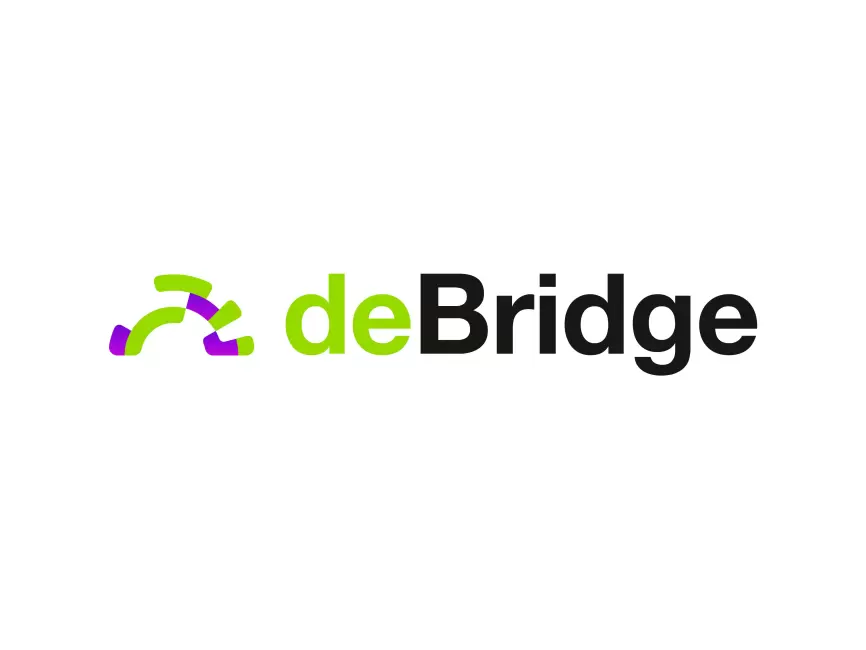Ever felt stuck watching your assets trapped on one blockchain? Yeah, me too. It’s like owning a car but only being allowed to drive on one street—super frustrating. Cross-chain bridges are supposed to be the highways connecting these isolated blockchain “streets,” but the reality’s been messy. Let me tell you, I’ve bounced around a few bridges, and something felt off about most of them—security risks, slow swaps, hidden fees. Wow! Those were some ugly surprises.
Okay, so check this out—Debridge Finance, which you can peek at on the debridge finance official site, seems to be tackling these issues head-on. I wasn’t sold initially. My instinct said, “Another bridge? Meh.” But digging deeper, I realized this isn’t just another flashy interface.
Here’s the thing. Traditional bridges often rely on centralized validators or risky smart contracts that, frankly, feel like ticking time bombs. I kept wondering: can a truly decentralized, secure, and swift cross-chain swap exist? On one hand, decentralization tends to slow things down; on the other, speed often compromises security. Though actually, Debridge’s approach to distributed validators and adaptive liquidity pools might be a clever workaround.
Let me slow down a bit and explain why bridging matters so much. Imagine you have tokens on Ethereum but want to use them on Binance Smart Chain or Avalanche without selling or losing value. Cross-chain swaps let you do that seamlessly—like changing lanes without stopping. But most bridges I’ve used felt like stop signs instead of smooth lanes.
Seriously? Yeah, delays, failed transactions, and sometimes you’d even lose track of your tokens. That’s a nightmare for anyone who needs fast, reliable swaps. And here’s a kicker—security breaches have hit some major bridges, shaking trust in the whole concept.
So, what makes Debridge stand out? For starters, they emphasize multi-layer security and real-time monitoring, reducing those scary vulnerabilities. Plus, their architecture supports a wide variety of blockchains, making it a real cross-chain solution, not just a one-trick pony. I mean, interoperability is the holy grail in DeFi, right? But it’s tough to nail.
Initially, I thought their tech might be too complex or slow. Actually, wait—let me rephrase that: the complexity under the hood is real, but the user experience feels surprisingly smooth. That’s rare. They leverage a combination of on-chain and off-chain mechanisms to speed things up without compromising safety.
Oh, and by the way, the community governance model is pretty solid. It’s not just a centralized team calling all the shots. Users can have a say in upgrades and policies, which is very much in the spirit of DeFi’s ethos. I’m biased, but this part bugs me in many projects where devs hold all the power.
Check this out—Debridge also supports “cross-chain NFT swaps,” which sounds niche but could open doors for gaming and digital art markets. That caught me off guard. NFTs jumping chains without hassle? That’s a breath of fresh air in a space cluttered with clunky workarounds.
However, I’m not 100% sure how they handle gas fees across chains during swaps. Fees can balloon unexpectedly, and sometimes they’re hidden until you’re mid-transaction. That’s something I’d keep an eye on.
The Human Side of Cross-Chain Swaps
I gotta admit, the whole space is still kind of like the Wild West. You have to trust bridges with your tokens—sometimes worth thousands of dollars—without a second thought. That’s a lot to swallow. Users want speed and security, but most importantly, peace of mind.
My first experience with a clunky bridge was a learning moment—tokens got stuck for hours, and customer support was nowhere to be found. I was frustrated, but I also learned what NOT to do. Now, I’m picky. If a bridge can’t offer transparency and swift swaps, I’m out.
Debridge’s transparency dashboards and audit reports feel like a step in the right direction. It’s not perfect, but it shows they’re serious about accountability. And honestly, in DeFi, that’s like gold.
Something else worth mentioning: cross-chain bridges also enable complex DeFi strategies that were impossible before—like yield farming across multiple chains simultaneously. This kind of composability is what’s going to drive the next wave of innovation.
Still, I worry about the onboarding complexity. For everyday users, cross-chain swaps might seem like rocket science. The UI/UX has improved, but there’s a learning curve. Maybe that’s just the nature of new tech.
Okay, so where does this all leave us? Bridges like Debridge Finance are pushing the envelope, but the space remains volatile. I’m optimistic yet cautious. The good news? You don’t have to wait around wondering if your tokens are safe while stuck on one chain anymore. Tools are evolving fast.
For anyone who’s serious about DeFi, exploring cross-chain options is becoming very very important. And if you want to get a feel for what’s next, visiting the debridge finance official site is a smart first step.
Here’s what bugs me about many bridges, though: hype often outpaces reality. So, keep your eyes open and your assets safer by doing your homework. But hey, that’s just me being cautious.
Anyway, I’m curious where this tech will be in a year. The promise of frictionless cross-chain swaps feels closer than ever, but the devil’s in the details. Stay tuned, because the road ahead is wild—and exciting.

